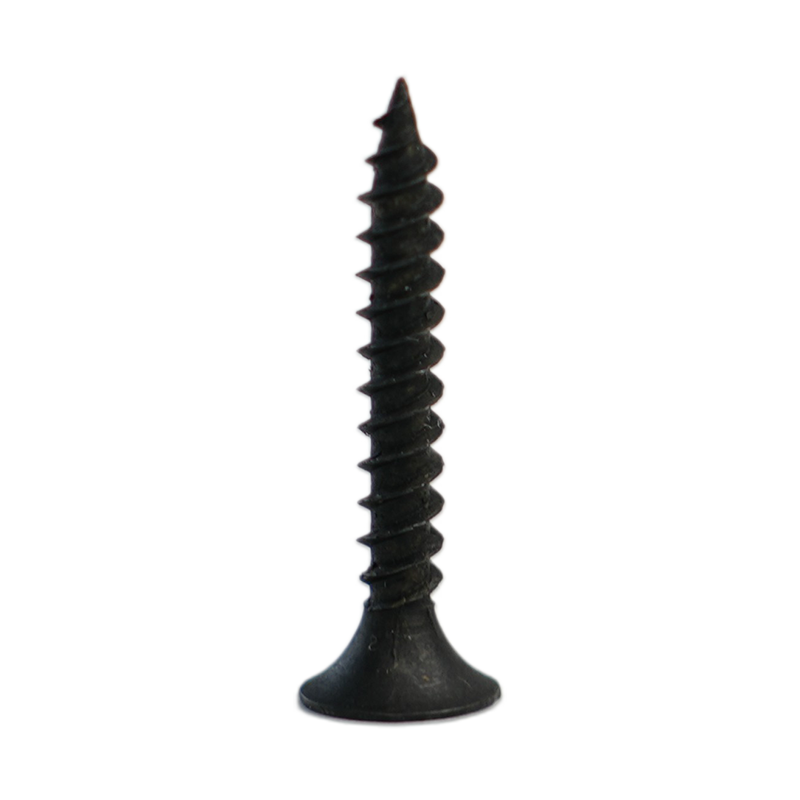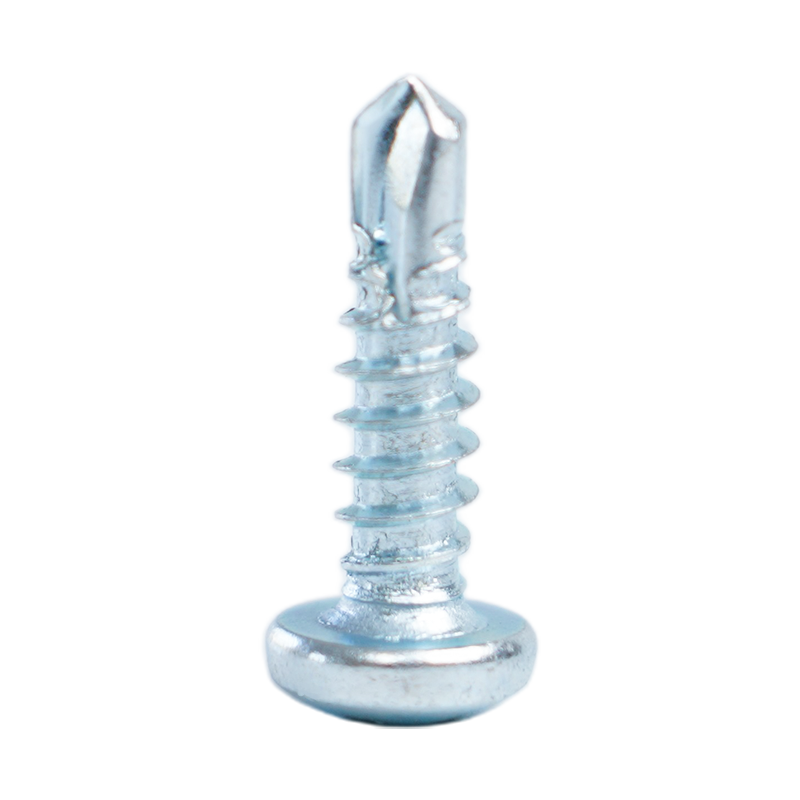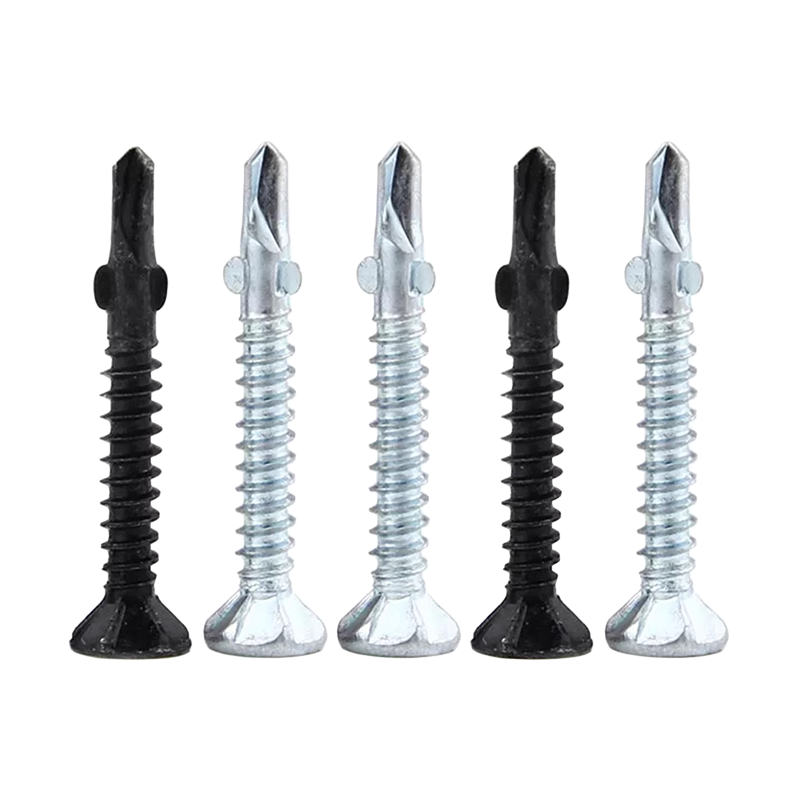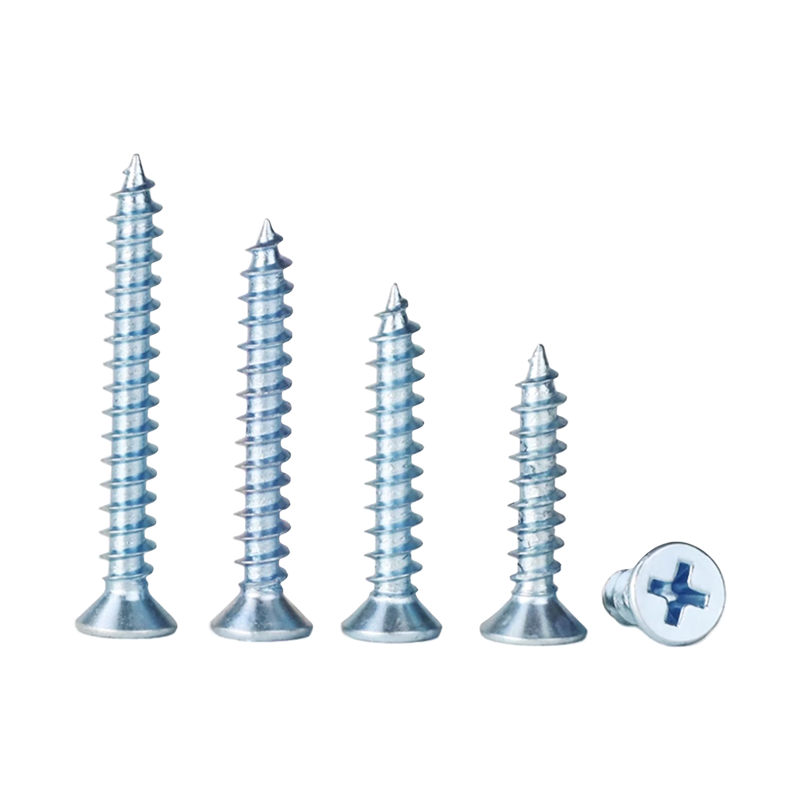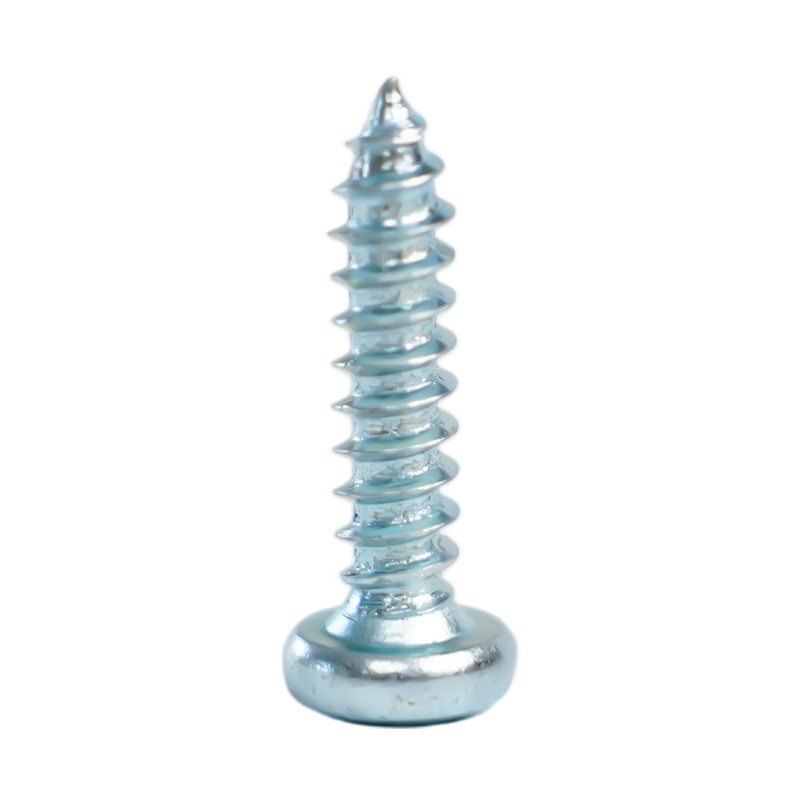1. Why Choose carbon steel drywall screws?
1.1 Material advantages
- Carbon steel offers high tensile strength and durability compared to many other fastener materials.
- It is particularly suited for drywall applications where secure embedment is needed.
1.2 Application scope (wood vs metal)
- When fastening drywall to wood studs, coarse‑thread variants of carbon steel drywall screws perform very well.
- For attachments to light‑gauge metal studs, selecting the correct thread and point matters greatly.
1.3 Comparison: carbon steel drywall screws vs stainless drywall screws
Choosing between carbon steel drywall screws and stainless drywall screws involves balancing cost, corrosion resistance and application environment.
| Material | Carbon steel | Stainless steel |
| Corrosion resistance | Good when coated | Excellent inherently |
| Cost | Lower | Higher |
| Best for | Standard interior drywall | High‑moisture or outdoor use |
2. Key Specifications to Consider When Selecting
2.1 Thread type: coarse vs fine
- Coarse thread versions are ideal for wood studs and faster drive.
- Fine thread screws suit metal studs or layered drywall where a stronger grip in thinner material is required.
2.2 Length and diameter (e.g., 1‑5/8 in)
- Length should penetrate the stud sufficiently beyond the drywall board thickness.
- For example, many professionals use fine thread carbon steel drywall screws 1‑5/8 in for standard ½″ board plus stud.
2.3 Coating and corrosion resistance (relating to “corrosion resistant carbon steel drywall screws bulk”)
- Screws must have a protective finish (phosphate, zinc, etc.) to resist rust, especially in humid or conditioning‑ventilated spaces.
- Buying in bulk often brings economies but ensure consistent coating quality across the batch.
2.4 Compatibility with metal studs (“carbon steel drywall screws for metal studs”)
- When fastening to light gauge steel, self‐drilling or sharp‑point carbon steel drywall screws can help reduce pre‑drilling needs.
- Selecting the correct screw point avoids stud damage and ensures proper seating.
3. Bulk Buying and Manufacturing Considerations
3.1 Why buy in bulk – cost, supply chain
- Bulk orders reduce per‑unit cost and simplify logistics for large‑scale projects.
- However, consistency and inventory readiness matter when ordering large volume.
3.2 Choosing a reliable manufacturer (“eco‑friendly carbon steel drywall screws manufacturer”)
- Look for manufacturers with quality assurance systems, large production capacity and warehousing capability.
- Eco‑friendly practices (material sourcing, coating disposal, production efficiency) increasingly matter.
3.3 Quality assurance and production capacity
- For example, Wuxi Sharp Metal Products Co., Ltd. is a professional enterprise that produces and sells screws. Our main products include carbon steel screws, stainless steel self tapping screws, wood screws, drywall screws, fiber screws, cement screws, etc.
- Established in 1993 and located in Yanqiao Industrial Park, Huishan District, Wuxi City, Jiangsu Province, our company has a factory of 6000 square meters, with more than 100 machines and inventory of over 800 tons. The annual output is about 2000 tons.
- We have large‑scale production and warehousing capabilities, a strict quality assurance system and a comprehensive management system, providing high‑quality after‑sales service for our products. We adhere to “quality first, reputation first” and provide customers with a variety of products with guaranteed quality and quantity.
4. Installation Best Practices for carbon steel drywall screws
4.1 Pre‑installation checks
- Verify the substrate type (wood stud, metal stud, multi‑layer drywall) and ensure you have the correct screw type.
- Confirm the drywall board thickness, environmental conditions (e.g., humid, ventilated) and nearby services (electrical/plumbing).
4.2 Driving technique and avoiding material damage
- Use a bugle head or wafer head screw to avoid tearing the paper surface of the drywall board.
- Drive the screw so the head is flush or slightly below the surface—over‑driving can strip or weaken the board.
4.3 Specific guidance when using with metal studs vs wood studs
- When using metal studs, select sharp‑point or self‑drilling screws, and ensure the stud gauge is appropriate to the screw’s design.
- With wood studs, coarse thread screws work faster but ensure you avoid splitting the stud or backing material.
5. Troubleshooting and Common Questions
5.1 Screw pull‑out or loosening
- Likely causes: unterminated stud, weak substrate, incorrect thread type, over‑driven screw head.
- Remedy: choose the correct length, use proper thread type, ensure stud backing is adequate, use proper driving depth.
5.2 Corrosion issues in humid environments
- If screws exhibit rust, verify coating quality – even carbon steel screws can perform well if appropriately coated.
- In extremely humid or outdoor‑adjacent spaces consider a higher corrosion resistance or stainless alternative.
5.3 Selecting between carbon steel vs stainless drywall screws
- If budget and standard indoor conditions apply, carbon steel drywall screws provide excellent value.
- If exposed to moisture, exterior use, or where galvanic corrosion is a concern, stainless may be justified despite higher cost.
6. Why Choose Our Company’s Solutions
6.1 Company introduction: Wuxi Sharp Metal Products Co., Ltd.
- Founded in 1993, located in Yanqiao Industrial Park, Huishan District, Wuxi City, Jiangsu Province.
- Factory of 6000 m², more than 100 machines, inventory over 800 tons, annual output about 2000 tons.
- Main products: carbon steel screws, stainless steel self tapping screws, wood screws, drywall screws, fiber screws, cement screws and trade of door & window accessories.
6.2 Our production capacity and quality system
- Large‑scale production and warehousing enable prompt delivery and stable supply.
- Improving product quality, enhancing employee competence, implementing a strict quality assurance system and comprehensive management system.
- High‑quality after‑sales service and adherence to “quality first, reputation first”.
6.3 Commitment to innovation and customer value
- In fierce market competition, we keep up with the times, maintain innovation, and ensure product leadership.
- Relying on technology, continuously improving technological content of the products sold, and creating higher market value for society, customers, and company.
- Founded with integrity and operates the market with integrity, winning a good reputation and respect of domestic and foreign peers.
FAQ
- Q1: What is the best thread type for drywall screws when attaching to metal studs?
A1: When attaching to metal studs, especially light gauge, fine thread or self‑drilling points are ideal because they provide better grip and reduce splitting or stud damage. - Q2: Can I use carbon steel drywall screws in humid environments?
A2: Yes — provided they are properly coated for corrosion resistance. However, for very moist environments or exterior use, a more corrosion‑resistant material may be preferred. - Q3: Why is length 1‑5/8 in often cited for drywall screws?
A3: Because standard drywall board is around ½″ thick and the screw must penetrate the stud sufficiently; 1‑5/8 in is a common safe length for typical wood stud installations. - Q4: What are the benefits of bulk purchasing drywall screws?
A4: Bulk purchasing brings cost savings, ensures inventory availability on large projects, and allows you to standardize on one trusted screw specification across project sites. - Q5: How do I decide between carbon steel drywall screws and stainless ones?
A5: Choose carbon steel for standard indoor conditions with proper coating; choose stainless when high moisture, exterior use or galvanic corrosion risk is present — balancing cost and performance.

 +86-15052135118
+86-15052135118 

 Español
Español
 Get In Touch
Get In Touch


